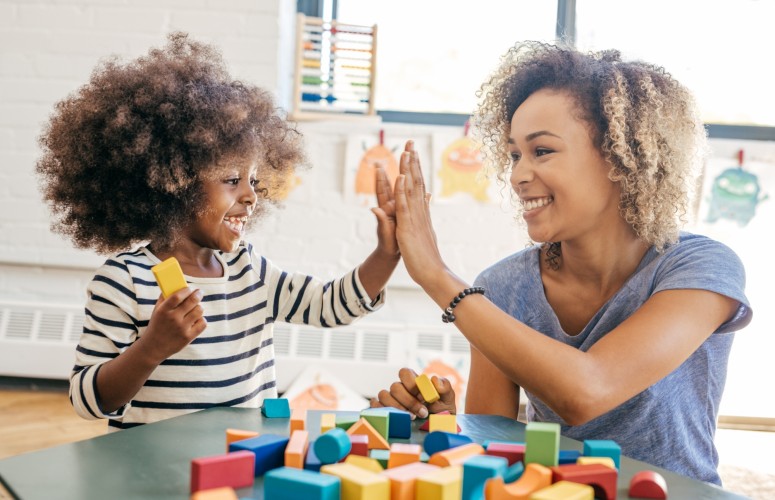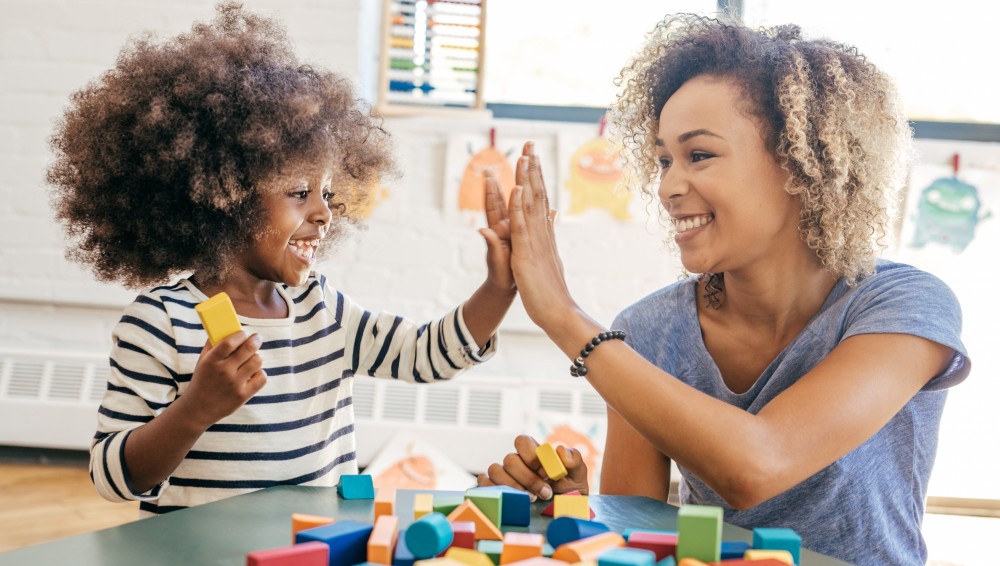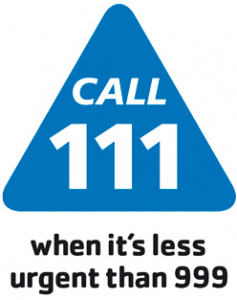Auditory memory is the ability to remember things that we have heard.
A child’s ability to retain and process information they have heard can have a big impact on how successful any interaction is – even if they understand an instruction, if they can’t remember it, they can’t do what has been asked. If they can’t remember what has been said, it can be difficult to have a conversation, or to learn something new. This can affect every aspect of life, both at school and at home.
Auditory memory can be improved with practice, but it can be difficult to improve quickly – understanding it and knowing strategies to help increase your child’s success can be really valuable if your child finds this difficult.
Testing your child’s level of auditory memory at home
|
|
You don’t need any equipment to test auditory memory - SLTs often use pictures, but you can also use a collection of household objects, a collection of Lego bricks of different colours, whatever comes to hand!
Always check that your child knows the name of each item you are using!! If they can’t tell you, ask them for each one, one by one, and check they can find it. If they can… |
1 - How many can they remember?
|
Use a selection of about six different items to choose from.
One word – can you find the car? Can you find red?
Two words – can you find the car and the spoon? Can you find red and blue?
And so on – keep increasing until it gets too hard.
Try and give the whole instruction before they start, rather than breaking it down into steps, and repeat with lots of different instructions – if they get a level right nearly every time, this is the level they are comfortable with. |
| In real life, we don’t always act on what we have heard straight away…so…. |
2 - Can they remember the same number of items after a pause? Say “This time, wait until I say go….”
|
One word – can you find the car………. Go!
Two words – can you find red and green …………Go!
And then, even harder…. but this happens a lot in real life…!! |
3 - Can they remember the same number of items if you distract them briefly in between asking and finding? e.g. by asking how old they are, asking them to pick something up from the floor, or clap their hands …. Go!”
|
|
You can also test this without objects, using simple action instructions, such as:
Clap your hands
Stamp your feet
Sit down
Touch your nose
Turn around
Do a wiggle
Wave your hands
Touch the floor
Point to the door
Add one extra each time and see how many they can do! |
Once you know the level your child is comfortably able to remember, this is the right level for instructions that are more likely to be successful. If they can only remember two items, for example, then it is important that instructions are given using two key words – for more information about key words, please see the CSLT Toolkit section on Understanding.
It is important to notice when you have given an instruction if there are pauses or distractions – this might explain why they found it hard to follow. Also, more complicated words can make things harder to understand.
Practice these skills using the same ideas as the testing with daily activities, such as collecting ingredients for baking, tidying toy characters, writing items on a shopping list if they can manage this… the possibilities are endless!




